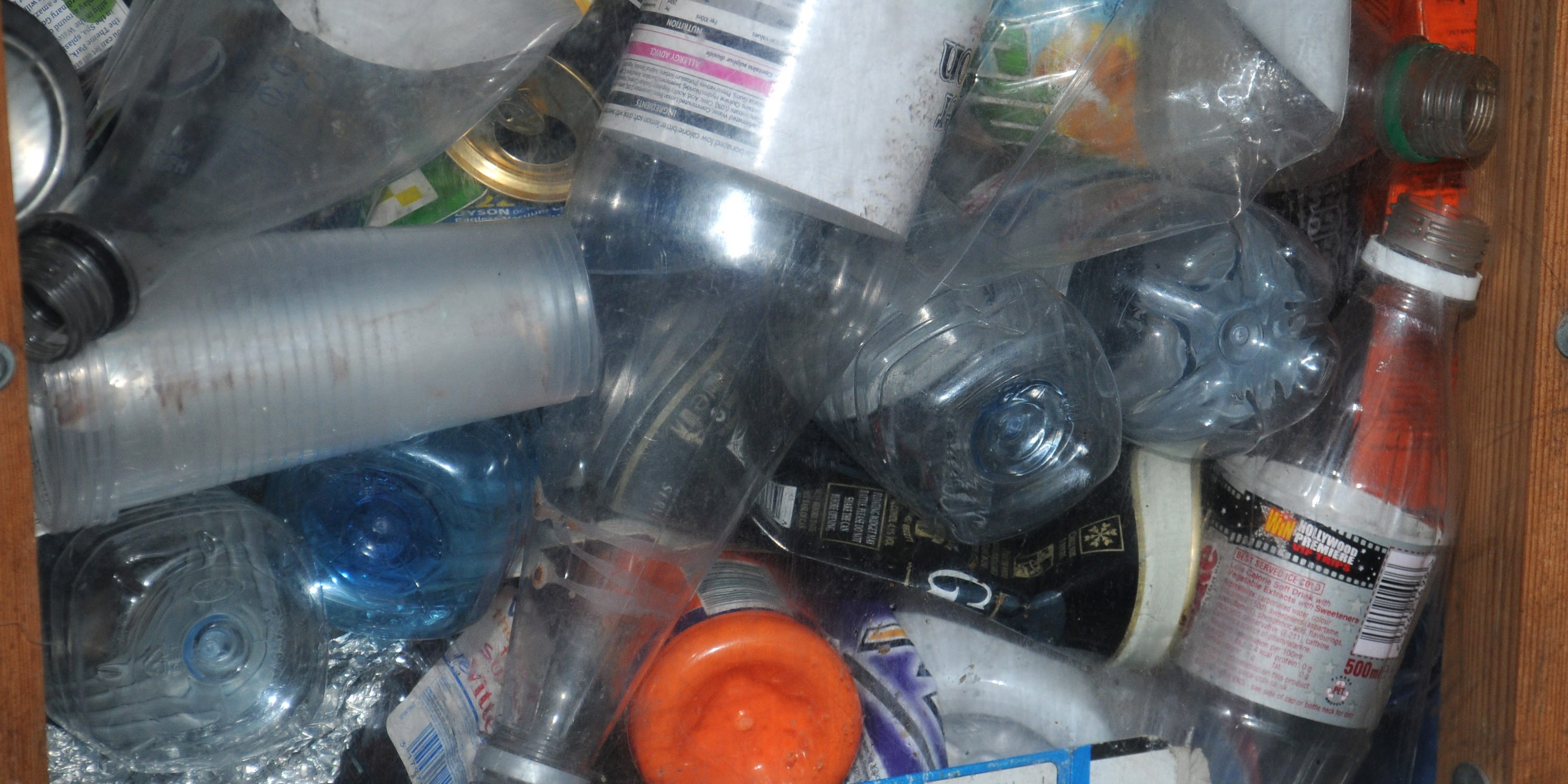The biodegradation of synthetic polymers is a key element for achieving a circular economy with high material reuse and environmentally friendly waste products. Laccase enzymes, which play a key role in lignin degradation, have been shown to degrade high-molecular-weight polyethylene (PE) and nylon-66 membranes using a laccase-mediator system. Additionally, esterases and cutinases are known to depolymerize polyester-based plastics such as polyethylene terephthalate (known as PET) and polyurethane. However, the mechanisms of enzymatic degradation remain poorly understood. This report highlights the potential for microorganisms and enzymes to contribute to the biodegradation of plastic waste, with a focus on the depolymerization of PE and other nonpolyester plastics. Identifying key enzymes associated with depolymerization activity (e.g., laccase, esterases, and cutinases) facilitates development of novel biotechnological processes for regenerative plastic circularity.
What is the role of cutinases or esterase activity on biodegradation of man-made structures?

A blue bin is filled with recyclable items to demonstrate to Team Mildenhall members and their families how to recycle their household waste effectively Nov. 15, 2013, at the BXtra on RAF Mildenhall, England. The St. Edmundsbury and Forest Heath District Councils and the 100th Civil Engineer Squadron Environmental shop representatives spent the day informing people what items can and cannot be recycled. The representatives explained how items such as paper, aluminum, steel, and plastic bottles and containers are able to be recycled using the blue bin. (U.S. Air Force photo by Gina Randall/Released)
Posted on October 8, 2025 | Completed on October 3, 2025
What is the role of cutinases or esterase activity on biodegradation of man-made structures?
Want to find out more about this topic?
Request a FREE Technical Inquiry!

